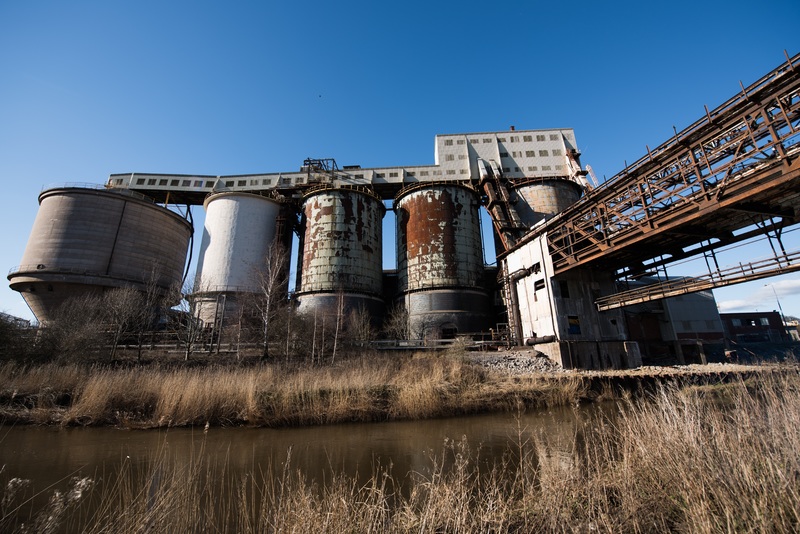- April 14, 2021
- Posted by: David Marshall
- Category: Management, Safety

When I got involved with Robroy back in 1995, they had many environmental problems. They had just gotten out of the galvanizing business, which has an awful lot of hazardous waste to deal with. It’s an environmental nightmare.
I had (and still have) zero experience in environmental matters and environmental rules change on a minute-to-minute basis. I would never have (and didn’t want) the ability to just track those changes, but I needed to work with someone who did. I needed specialists who could keep me out of jail.
My focus was on creating value by creating a product, and the specialists’ focus was to create value by letting me create value.
So, my goal was to develop a relationship with a specialist who would first help me solve the problems of the moment. And second, to ensure that I never fell into a trap like that again.
That’s when I started working with an outside environmental consultant, Titanium Environmental.

Think back to what you learned in college. Does that information and knowledge still apply today?
Or did you learn how to learn, and the things you know are because of those skills you got all those years ago?
Our ability to learn new information and develop new skills is what saved me from jail many times over. Titanium continued learning about new technology and processes, which saved our company millions of dollars right away — money they still continue to save today.
This is Why You Need Outside Experts
Back in 2007, we decided to knock down an entire factory, a fiberglass filament winding operation, which was a messy, nasty business.
The factory was dirty, the process was dirty, and the material wastage was exceptional. In addition to everything else, we were spending $250,000 per year just on hazardous waste remediation.
And if we missed anything, or even misreported a single digit, we could be fined.
So we knocked down the entire factory, built a new plant, installed new automated machines, and embraced the idea of digital manufacturing and digital twinning. And I called up my specialists at Titanium and said, “We don’t want to use this chemical curing process any further, and I don’t feel like going to jail over it. Do you have any suggestions?”
They came up with a steam curing process that had a waste byproduct of water. Just plain old clean water. We could literally let the byproduct go down the drain without a thought. On top of that, our engineers came up with a lot of new machines and new manufacturing processes that used the steam and avoided a further environmental mess.
When it was done, our new machines let us reduce our workforce to 20 employees, and they increased production by 400%. That is, we went from 140 to 20 employees and created four times more product than before.
Best of all, we also reduced our waste to nearly zero and completely eliminated our waste remediation budget.
All told, we saved $3.5 million per year and paid off the entire redesign in 8 years.
Our environmental consultants were a huge part of this success.
We worked together on this project because one thing I didn’t have a handle on was what in the world were we going to put into the atmosphere. In our old facility, the process was filthy, and the waste was high, and we knew we couldn’t pump that stuff into the atmosphere anymore.
If we hadn’t worked with the experts, we probably would have looked for the cheapest chemical method to help with the curing process. We might have found the best chemical process around, but it was still a chemical process.
But it was Titanium that said, “Give us some time and we’ll research it and find an answer.”
The answer was a system that saved $250,000 in annual remediation costs right off the bat.
That’s why a good leader never assumes they know it all. They assume they know nothing and find the people who are the best at what they do.
I’ve been a manufacturing executive, as well as a sales and marketing professional, for a few decades. Now I help companies turn around their own business, including pivoting within their industry. If you would like more information, please visit my website and connect with me on Twitter, Facebook, or LinkedIn.
Photo credit: PXHere.com (Creative Commons 0)

